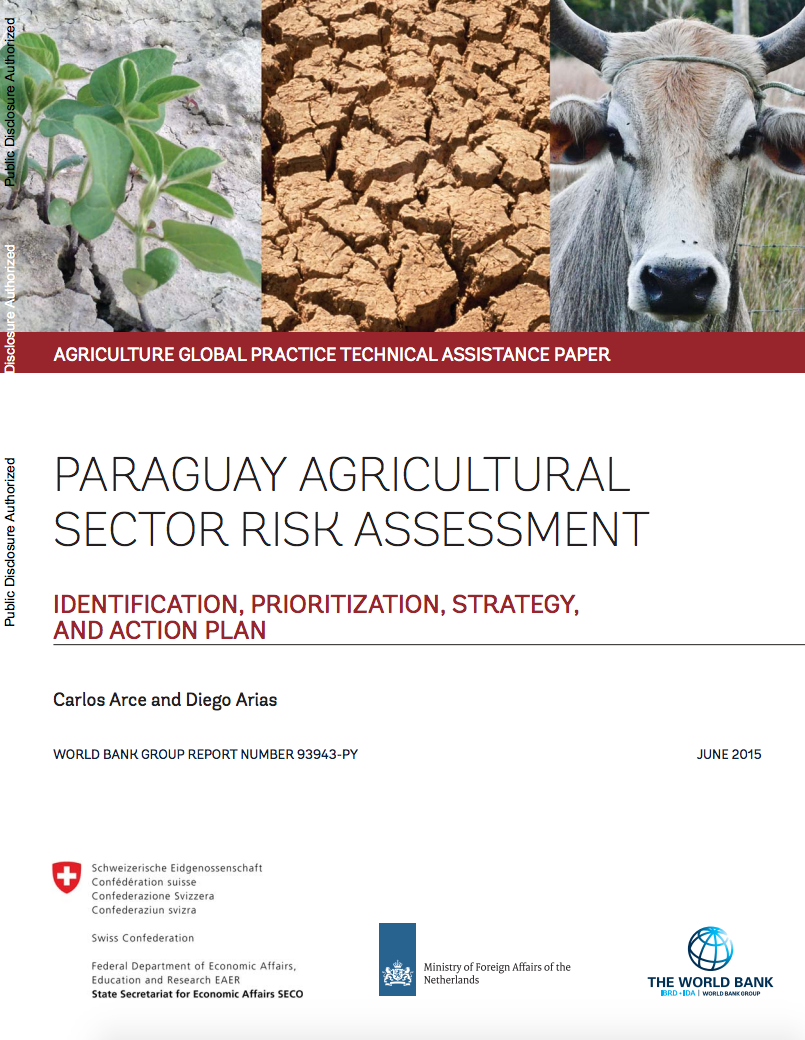Wage Growth, Landholding, and Mechanization in Chinese Agriculture
This paper uses farm panel data from
China to examine the dynamics of land transactions, machine
investments, and the demand for machine services. Recently,
China's agriculture has experienced a large expansion
of machine rentals and machine services provided by
specialized agents, which has contributed to mechanization
of agricultural production. The empirical results show that
an increase in nonagricultural wage rates leads to expansion


